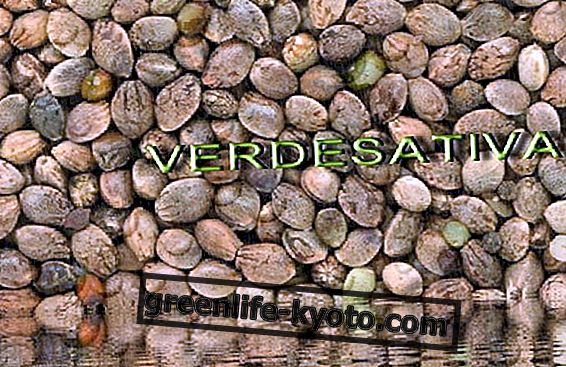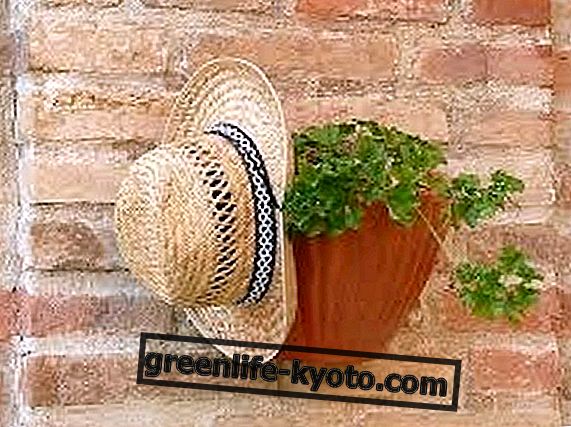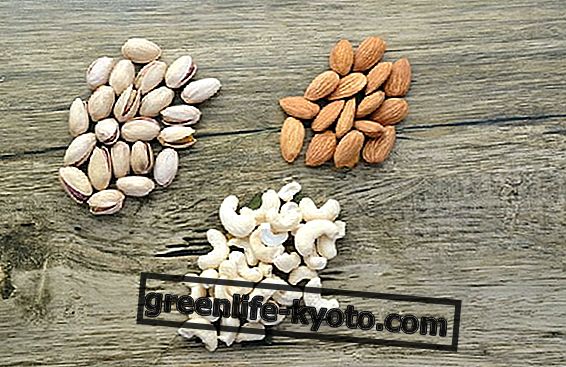
According to tradition, yoga should be practiced naked, in a place immersed in nature, silent and welcoming.
Unfortunately, the vast majority of us can only live such an experience very rarely: today yoga is practiced indoors (also for climatic reasons), in groups and often in environments that are anything but specific (see those gyms, most of them, where the yoga room is adjacent to the fitness room or weight room).
Moreover, given the great fascination that this discipline has on millions of people, a thriving business has arisen related to accessories, outfits and fashions that inevitably influence this field as well.
As an example, the famous Nike has even devised " yoga shoes ", a kind of slave sandals (with or without ankle laces) that would have the purpose of avoiding slipping, especially with the forefoot.
Yoga tools
Beyond clothing, however, today we will consider a less frivolous aspect, namely that of tools (also called props, that is supports). It is up to Iyengar Yoga the merit of having cleared through customs and put at the center of the practice the use of tools that can facilitate or improve it, but now it is very common for teachers of other styles to urge the students to use them.
Personally I have nothing against it to the extent that they do not excessively distract from the attention on the body and on the breath during asanas. For example, if you have students who are no longer very young, small aids, in my opinion, are useful if they allow you to thin the practice without exceeding the limits that the body has placed at that time.
Unfortunately, sometimes we encounter a wrong, but understandable frustration on the part of beginners (more or less over the years) at the moment they are unable to perform very simple asanas in their opinion or if they confront each other and notice yield differences (another unhealthy, but very human thing): this is where the use of tools is feasible and can be profitable, especially if combined with a path of acceptance of one's own limits and a reduction in competitiveness .
I think it should be avoided if it becomes a cause of confusion, distraction, useless chatter, gymnastic drift of the practice, but this depends a lot on the peculiarities of each single class.
Yoga clothing: how do I dress for the lesson?
mat
Surely the only one that has it or not makes a certain difference. Its purpose is to cushion the pressure on the vertebrae (in halasana for example) or on the bones in general during positions on the ground (without a mat, some people, especially if very thin, can feel discomfort in the contact).
There are endless varieties and materials and the cost fluctuates between a few euros and dozens: eco-compatible, super-branded (the major sports brands have yoga mats whose price ranges from 50 to 100 dollars), of fine materials (such as silk) or decorated. But if you are not interested in such refinement, you will find valid - non-slip, easily washable, hypoallergenic - much less expensive: not branded, from 15 euros.

Cinta
In yoga it can serve mainly as an extension of the limbs if the back is not sufficiently flexible . It is usually cotton and fitted with a sliding buckle. The prices are variable, but moderate, also because it is a tool that is still limited and can easily be replaced by less noble but equally functional surrogates: normal belts, a bathrobe, long socks or socks, scarves, foulards or sashes.

Brick / Block
In general, they are used above all in standing positions and especially in forward bending if the pupil cannot touch the floor with his hands. Their use extends, in any case, to all those situations where there is a need for levers or props for the hands, feet or spine.
There are different shapes, colors, sizes and materials (foam, bamboo, wood, cork, ethyl vinyl acetate). The price usually does not exceed five euros.
Cushions
There are two categories of pillows to consider, those for meditation and those used for asanas . The former, often called zafu, are round and specific for sitting meditation (the term zafu is of Japanese origin and is used for Zen meditation). They are useful for keeping your back always perfectly straight, reducing pressure on your hips, especially if you are meditating for a long time.
The pillows used for the asanas are various: in general, squares or rectangles are used whenever it is necessary not to rest the body directly, especially the joints, on the mat, especially if lying on a particularly hard floor.

Then there is the so-called bolster (also called big neckroll ), or rather a large, cylindrical pillow useful above all for the back or in any case to promote relaxation and used a lot with pregnant women. To these we can add the mezzaluna and the zabutons (square cushions or thick mats used during meditation to provide a comfortable and soft support to the ankles and knees), both useful above all for meditation.
The prices of the cushions are enormously variable because the value of the fabrics that cover them, the decorations, the embroidery, the size and quality of the padding are decisive (an account is the kapok or the chaff of wheat or spelled, an account they are synthetic fibers).













